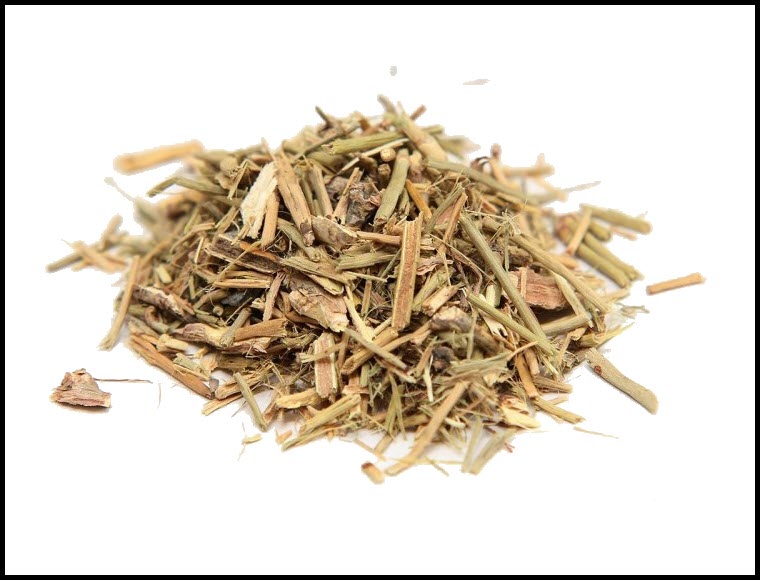
What is Ma Huang from Traditional Chinese Medicine?
Many people are looking for a miracle drug to promote weight loss and improve energy. In the 1990s, the ephedra plant became popular as a likely candidate, and it wasn’t until after the mid-2000s that it was a regular ingredient used in dietary supplements. Although some research has shown that it may improve metabolism and weight loss, some safety issues have also been identified.
The three species of these hardy plants that are the source of the drug are native to China, where the aerial parts are collected in the fall and dried for medicinal purposes. The scientific name of the plant is Ephedra sinica, E. Equisetina, E. intermedia. The roots of E. sinica or E. intermedia, known as ma huang gen, are considered medicines in their own right and are used for their sleep-inducing properties. Ma Huang is also called yellow horse, ephedra and yellow astringent.
What is Ma Huang?
Ephedra, also called Ma Huang, is a spice that has been used in the preparation of various traditional Chinese medicines (TCM) for several centuries. It is mainly used to treat bronchitis, hay fever and asthma. The plant is also recommended for flu and cold symptoms, as well as cough, chills, nasal congestion and fever.
Although ephedra is a free-growing herb, the plant’s main active compound, ephedrine, can be synthesized as a medicine. Man-made ephedrine compounds, such as pseudoephedrine, are commonly used in over-the-counter cold treatments and are regulated as drugs. This differs from the regularization of ephedrine alkaloids, which are derived from the herb itself. These are considered dietary supplements.
Prior to May 2004, ephedra was marketed as an energy-enhancing dietary supplement, a weight-loss product, and an athletic performance booster. Although there is some scientific evidence to suggest that it can improve weight, the overall data on the effectiveness of this herbal supplement has been considered controversial and inconclusive. Additionally, products containing ephedra and sold for the causes have been linked to many cases of cardiac arrhythmia (heart attack/irregular heartbeat), cases of stroke and even death. Many of the products containing ephedra also contain caffeine, and the mixture of caffeine and ephedra improves the risk of negative side effects.
It is important to note that due to the presence of ephedrine in some products, such as B. Dietary supplements, amateur sporting events may not use them.
The Food and Drug Administration (FDA) has banned the use of dietary supplements containing ephedrine, ma huang, pinella, ephedra, or sida cordifolia. This ban does not apply to teas (marketed as regular foods) or traditional Chinese herbal medicines recommended by a traditional Chinese doctor.
Improving metabolic rate and burning fat
A slew of research into ephedra’s effects on weight loss was conducted in the 1980s and early 2000s before ephedrine supplements were banned. Some components of ephedrine can affect your body, but the most notable effects are probably due to ephedrine.
Various studies have shown that ephedrine increases resting metabolism (the number of calories the body uses at rest). This can be due to an increase in the calories burned by the muscles. Ephedrine can also improve the fat burning process in the body.
Research found that the number of calories burned over a 24-hour period was 3.6% higher when ephedrine was taken by healthy adults compared to those taking a placebo.
Another researcher discovered that when people ate an extremely low-calorie diet, their metabolic rate decreased. However, this was partially avoided through the use of ephedrine. In addition to the short-term metabolic adjustments, some researchers have concluded that ephedrine may promote weight and fat loss over a longer period of time. In five studies of ephedrine, compared to placebo, ephedrine reduced weight by three pounds (1.3 kg) per month, more than placebo, for up to four months. However, there is a lack of long-term data that can support the benefits of ephedrine for weight loss.
Additionally, many studies on ephedrine test weight loss from caffeine and ephedrine rather than ephedrine alone.
Does it work well or less well with coffin?
Various studies testing the effects of ephedrine on weight loss have mixed the ingredient with caffeine. Mixing the two seems to have greater effects on your body than taking either alone. For example, caffeine with ephedrine increases metabolic rate more than just ephedrine.
In a study of obese and healthy overweight adults, the mixture of 24 mg ephedra and 79 mg caffeine increased metabolic rate by 8% in 2 hours compared to placebo. Some studies have even shown that ephedrine and caffeine alone have no effect on weight loss, but the mixture of the two does cause weight loss. Taking the combination of ephedra and caffeine three times a day for 12 weeks reduced body fat by 7.9% compared to just 1.9% with placebo.
Another 6-month study involving 167 obese and overweight people compared dietary supplements containing ephedrine and caffeine with placebo in a weight-loss program. The group that received ephedrine lost 9.5 pounds (4.3 kg) of fat compared to the group that took placebo, which lost just 5.9 pounds (2.7 kg) of fat.
The group that took ephedrine also reduced LDL (bad) cholesterol and body weight more than the group that took placebo. Overall, the available evidence suggests that products containing ephedrine, especially when combined with caffeine, can increase weight and fat loss.
Conclusion
Ma Huang is a stimulant herb extracted from the roots of Ephedra sinica. Many people have found it beneficial for weight loss and also in treating stuffy nose, common cold, asthma and some other conditions. However, these uses have no scientific basis. However, the herb is banned in the US due to reports of life-threatening conditions and even deaths.
CHINESE CULTURE AND CANNABIS, READ THIS…

WHY THE CANNABIS INDUSTRY MUST BE WARE OF CHINA!

Post a comment: